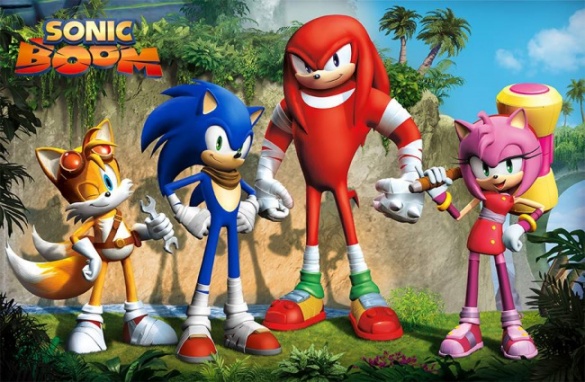The team behind Kotaku has put together a list of “the video game people you should be following on Twitter”. Unlike many other similar lists, this time the chosen accounts are divided into 8 categories, and each one includes a short description:
- Indie Game People (like Terry Cavanagh, “The guy behind Super Hexagon and other wonderful distractions”).
- Triple-A development people (like Vince Zampella, “Leading the charge on Titanfall and answering a lot of player questions directly on Twitter”).
- The Suits (like Shuhei Yoshida, “The head of Sony’s gaming division has a surprisingly open and engaging Twitter presence”).
- Art (like sparth, “Fine art from the Halo series’ art director”).
- Jokes (like Peter Molydeux, “An excellent parody of noted game developer and idea-haver Peter Molyneux”).
- Official Feeds (like PlayStation, “Official updates from Sony and links to updates to their excellent official blog”).
- Critics and journalists (like Leigh Alexander, “Never boring, tweets about games, the games industry, and increasingly, Netrunner”).
- Kotaku staffers (like Stephen Totilo, “Likes wrestling and comics”).
It’s an important first step to gather all the relevant video game people on Twitter. As the list is an ongoing effort, some key players are still missing (like the almighty Tim Schafer), but they acknowledge that asking for the community’s help.
Find the full list here. If you think someone important isn’t there, let them know in a comment!



















